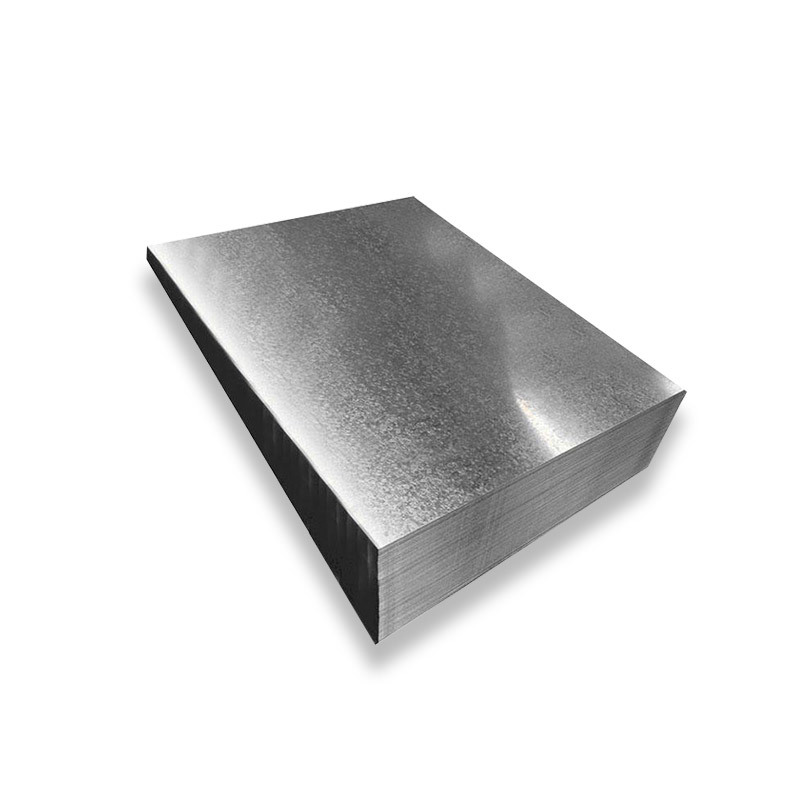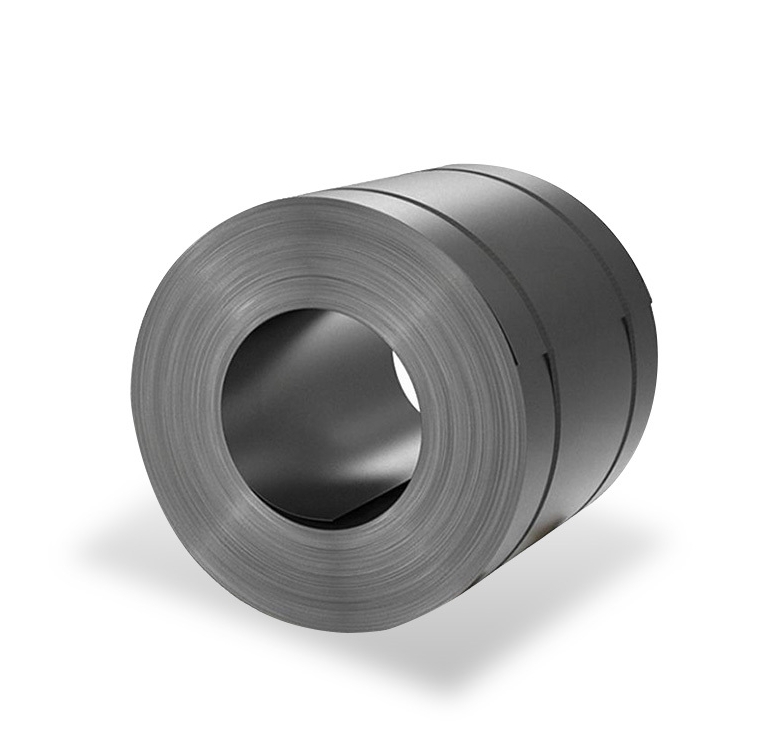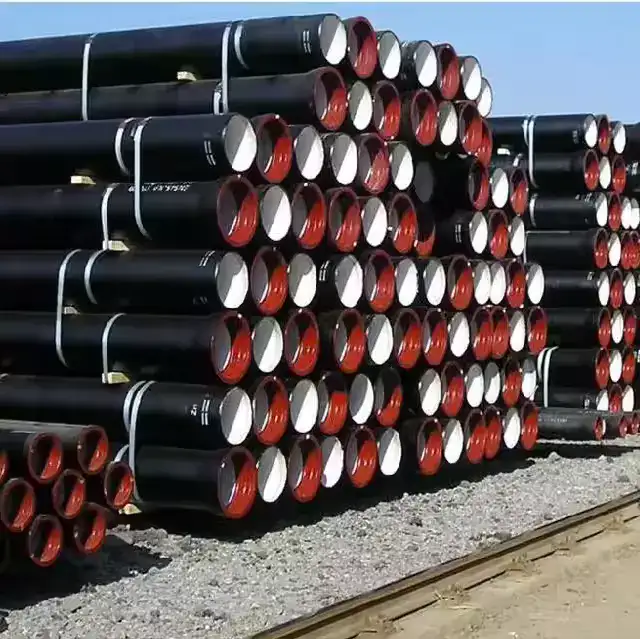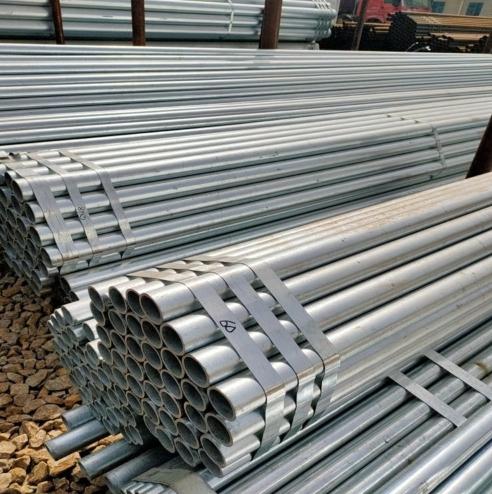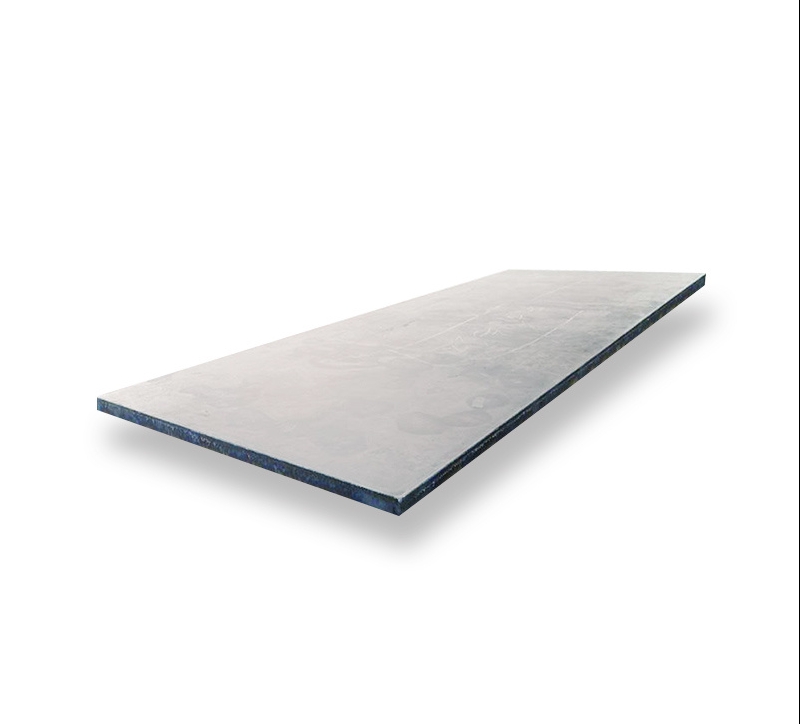AR600 only when the operating environment produces truly extreme abrasion where conventional AR400/AR500 plates fail — despite higher unit cost and harder fabrication, AR600 often reduces replacement frequency and total lifecycle cost for severe mining, primary crushing, heavy aggregate handling and certain ballistic applications. The steel is supplied as quenched-and-tempered plate with a typical delivered hardness around 570–640 BHN, excellent sliding wear resistance, and limited formability; buyers should weigh weldability, plate thickness needs and coating/encapsulation for corrosion and spall mitigation before choosing AR600.
What is AR600
AR600 is a commercial designation for an abrasion-resistant (AR) quenched-and-tempered steel plate whose delivered hardness centers near 600 on the Brinell scale. It’s engineered for excessive sliding and impact wear where lower BHN grades wear out rapidly. Many mills name the product AR600, NM600, Hardox® 600/NM600 equivalents, or proprietary trade names — but the defining characteristic is the high delivered BHN and the microstructure produced by controlled heat treatment.
How AR600 differs from AR400/AR450/AR500
The performance difference is primarily hardness and consequent wear life. AR400/AR450 are balance grades—good wear resistance while still reasonably formable. AR500 is a step up for heavy wear; AR600 elevates hardness further and is typically chosen when maximum wear life per mm of thickness is needed. That higher hardness reduces required thickness for the same wear life in many sliding abrasion scenarios, but it increases brittleness and makes forming and certain weld procedures harder.
Typical chemistry & microstructure
AR600 is commonly produced as a medium-carbon, alloyed steel with additions such as chromium, nickel, molybdenum and small boron amounts in some recipes to aid hardenability. The plate is quenched and tempered, producing a martensitic matrix whose hardness is set in the tempering operation. Typical compositional trends and resulting properties are published by mill datasheets (chemical windows vary by supplier), so always request a mill test certificate (MTC) showing heat analysis and BHN.
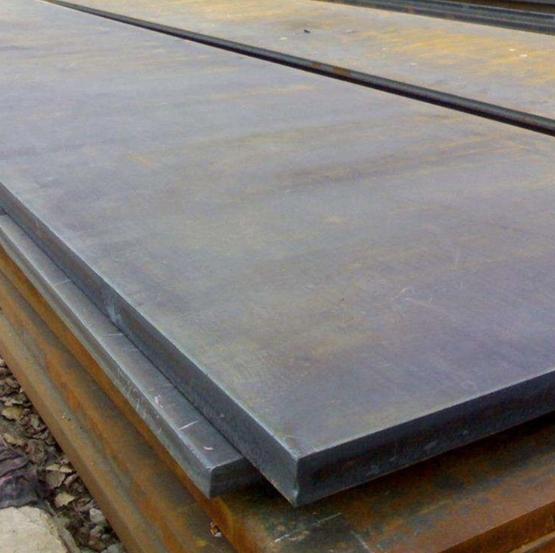
Delivered mechanical properties & hardness ranges
Delivered hardness for AR600 products is commonly specified in a BHN band such as 570–640 BHN with typical reported values near 600–630 BHN depending on supplier and thickness. Tensile/yield values and Charpy toughness are supplier-dependent and are typically included on MTCs — for example, some AR600 products quote typical BHN ≈ 627 and UTS up to ~280 ksi in datasheets. Because the BHN is the critical parameter for wear performance, require BHN readings (and test locations) with every lot.
Manufacture & heat treat process
-
Plates are hot-rolled to near-final thickness, normalized/quench-and-tempered or through-hardened depending on mill practice.
-
The quench and temper step is controlled to produce the high BHN and acceptable toughness. Some suppliers use proprietary thermomechanical processing to improve weldability and fracture resistance.
-
Straightness, plate edge condition and surface finish vary; many mills shot-blast and apply rust preventative coatings for shipment. Ask for the mill’s process statement and MTC.
Welding, cutting & fabrication best practices
We advise the following:
-
Preheat and low-hydrogen consumables: many AR600 weld procedures require preheat and qualified low-hydrogen electrodes to limit cracking. Welding can reduce local hardness and create heat-affected zones. Always run procedure qualification records (PQRs).
-
Thermal cutting: plasma and laser cutting are common; gouging and oxy-fuel can create edge softening or re-hardening. Trim edges and remove heat-affected zone where mechanical integrity is critical. Request guidance from the mill.
-
Weld repair: where hardfacing or overlays are needed, match filler and plan post-weld heat treatment if required. Some customers prefer mechanical fastening or bolted liners to avoid large welded joints.
Formability, bending & machining guidance
-
Forming: AR600’s high hardness limits cold bending; significant springback and cracking risk exist. If forming is essential, consider AR400/450 or specify thicker AR600 with warm forming, or perform forming operations before final heat treatment where possible.
-
Machining: tool wear is high. Use carbide tooling, low feeds, and plan for short tool life in production cost models. For hole drilling, prefer solid carbide drills and peck drilling cycles.
Common industrial applications
AR600 is selected where extreme abrasive wear controls operating life:
-
Primary and secondary mining crushers and liners (ore and hard rock)
-
Aggregate, quarry and asphalt plants — crushers, hoppers, chutes and truck dump liners
-
Heavy bulk-handling equipment handling highly abrasive ores, sinter or slag
-
Certain ballistic and security plates where thinness + high BHN are used (note: body-armor uses require additional testing and coatings).
Design considerations & selection rules
When selecting AR600, consider:
-
Wear mode (sliding vs. impact) — AR600 excels in sliding abrasion; for high impact with deformation, choose a balanced plate or add backing.
-
Thickness versus life tradeoff — because AR600 is harder, you may be able to choose a thinner plate to achieve similar life; run lab wear tests or rely on validated vendor wear curves.
-
Edge and bolt hole protection — bolt holes are stress concentrators in very hard plates; use liners or hardened washers to reduce fretting.
-
Weld zones and transitions — transition regions from AR600 to standard structural steel need careful design (tapering, buffer plates or weld preps).
Lifecycle cost analysis & replacement interval rationale
Although AR600 has a higher upfront price per kg (see pricing section below), the total installed cost often falls when replacement frequency, downtime, and lost production are considered. For example, in heavy aggregate feeders where AR600 can double or triple life compared to AR400, fewer replacements and lower labor costs can justify the premium. Always quantify: material cost + fabrication + installation + expected life = net lifecycle cost. Use field trials or supplier wear test reports to model ROI.
Surface protection, coatings & spall mitigation
AR600 is not stainless — it will corrode. For outdoor or corrosive environments we recommend:
-
Encapsulation or polymer coatings for ballistic plates and application where corrosion and spalling matter.
-
Zinc-rich primers + topcoat for structural components.
-
Spall liners or sacrificial layers on ballistic plates: hard steel can fragment on impact, so ballistic uses often require anti-spall coating or backing materials.
Quality assurance, testing & inspection
Ask for:
-
Mill Test Certificate (MTC) with chemical analysis and Brinell hardness values.
-
BHN maps or representative indentations (top surface and backing) and the number of indentations per plate or per lot.
-
Charpy V-notch toughness at relevant temperatures if impact service is expected.
-
Weld procedure qualifications (PQR/WPS) and recommendations for pre/post-heat.
-
Traceability, heat numbers and dimensional tolerances. Many mills supply test reports with each shipment — require them in the contract.
Global pricing snapshot (2025)
Notes before reading the table: prices for AR600 vary widely with volume, thickness, surface finish, certification and freight. Market steel base prices, regional trade rules and MOQ strongly influence quotes. Below are representative landed FOB/EXW ranges expressed in USD per metric ton, for commonly stocked thicknesses (6–25 mm range). These are indicative ranges collected from supplier listings, mill product pages and marketplace offers in 2025 — use them as a negotiation starting point, not a firm quote. Sources follow the table.
| Region / Market | Typical AR600 price (USD / metric ton) — 2025 (indicative) | Notes & caveats |
|---|---|---|
| China (direct mills / exporters) | US$500 – US$1,000 / t (common small-lot listings) | Wide range due to thickness, MOQ, and whether samples are cut/shot blasted. Some suppliers list sub-$600/t for high volumes; check shipping & MTC. |
| India / South Asia | US$600 – US$1,200 / t | Local mills and traders; prices influenced by import duties and domestic scrap/iron flows. |
| Europe (EU suppliers / specialty brands) | US$900 – US$1,800 / t | European branded wear plates, certification and logistics add premium. |
| North America (US/Canada distributors) | US$1,000 – US$2,200 / t | Distributor stock, traceable MTCs, and value-added processing increase price. Custom mill runs higher. |
| Middle East & Africa | US$850 – US$1,600 / t | Dependent on import routes and local demand (mining projects). |
| Ballistic/finished plates (small consumer retail items) | US$3,000+ / t equivalent (retail prices for finished armor are much higher per effective ton) | When delivered as finished ballistic plates with coatings and encapsulation, unit economics shift dramatically. |
How we built these ranges: market postings on supplier marketplaces (Made-in-China, Alibaba), specialized stockist pages and mill datasheets show large dispersion. For example, China export listings frequently show prices in the US$500–900/t band, while European and North American branded plates sell at a significant premium for traceability and processing. Always request an FOB/EXW quote with thickness, testing, and delivery terms to compare apples-to-apples.
Sourcing & supplier selection checklist
When we quote and buy AR600 we always request and record the following before issuing PO:
-
Exact grade trade name and mill designation (e.g., AR600 / NM600 / Hardox® 600).
-
Mill Test Certificate (MTC) with chemical and BHN results (hardness bands and test locations).
-
Heat number traceability, production date and heat size.
-
Thickness, size, straightness, and surface finish requirements.
-
Welding guidance & PQR/WPS that the mill recommends for the grade.
-
MOQ, lead time and freight terms; ask about available stock vs. made-to-order.
-
Sample / witness inspection options for the first order or critical large lots.
Short case notes (practical examples we’ve seen)
-
Crusher liners: a quarry replaced AR450 liners with AR600 in the primary jaw feed and saw a 2.5× life increase; thickness reduction allowed weight savings and easier replacement despite higher unit price. Supplier wear curves were validated on-site.
-
Truck bed liners: companies using extremely abrasive slag have switched to AR600 in 25–30 mm liners to avoid daily spot repairs; they add sacrificial bolted plates to preserve structural steel.
-
Ballistic plates: small OEMs use AR600 cores with anti-spall coatings to meet Level III/III+ performance while keeping plate thickness low — note the need for specialized testing and certification.
FAQs
Q1: Can we weld AR600 plates directly to structural steel?
A: Yes, but follow qualified WPS/PQR procedures. Expect preheat, controlled interpass temperature and qualified low-hydrogen electrodes. Avoid large thickness transitions without buffer plates — consult the mill for recommended weld consumables and parameters.
Q2: Is AR600 suitable for impact-intensive crusher liners?
A: AR600 excels in sliding abrasion. For heavy impact with large deformation you may prefer a tougher, lower-BHN solution or a layered approach (tough backing plate + AR600 wear surface) to avoid brittle fracture. Field trials are recommended.
Q3: How do I read an MTC for AR600?
A: Confirm chemical composition, BHN readings (surface and nominated locations), tensile and Charpy values if provided, heat number and date. Reject any plate missing BHN confirmations — BHN is the defining attribute for AR600.
Q4: Can AR600 be bent or formed on press brakes?
A: Cold bending is difficult and risky for cracking. Small, controlled radii with specialized tooling may be possible on thin gauges, but generally plan mechanical joining or order pre-formed components from fabricators with AR experience.
Q5: How do I compare supplier quotes?
A: Compare (1) price per ton, (2) thickness & dimensional yield (usable plate area), (3) included testing (MTCs & BHN), (4) processing (shot blast/cut) and (5) freight + customs. Ask for unit costs normalized to installed life (i.e., $/operating-hour) for a lifecycle comparison.



